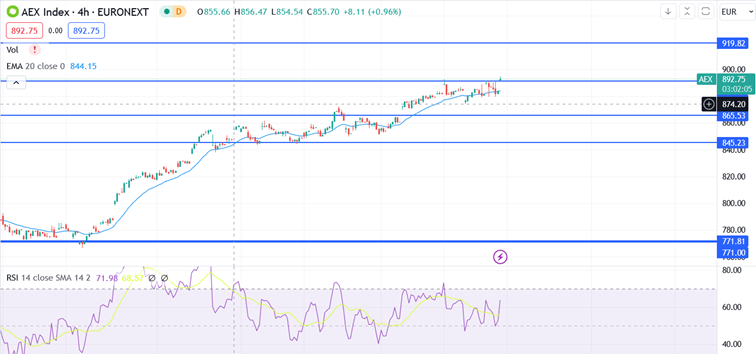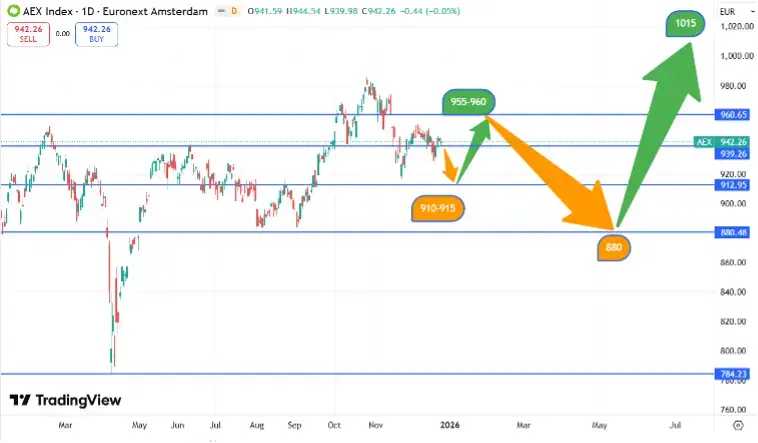What about the Nasdaq?
The Nasdaq futures are currently at 18,475 which is 300 points higher than last week.
The past week was an exciting one for the much more volatile Nasdaq. Ultimately, the same scenario applies to the Nasdaq as to the AEX. The only difference the algorithm indicates is that the AEX is already close to its 2024 price target and the Nasdaq is only at its first price target. This first price target is 18900 but for this year there is a high probability that the Nasdaq will continue to rise towards the 22,500.
Below is the chart of the Nasdaq100 -future since January 1, 2024. You can see the volatility and sideways correction in recent weeks within an uptrend.

Disclaimer: Investing involves risk. Our analysts are not financial advisors. Always consult an advisor when making financial decisions. The information and tips provided on this website are based on our analysts' own insights and experiences. They are therefore for educational purposes only.

.svg)

.webp)

.webp)
.webp)




